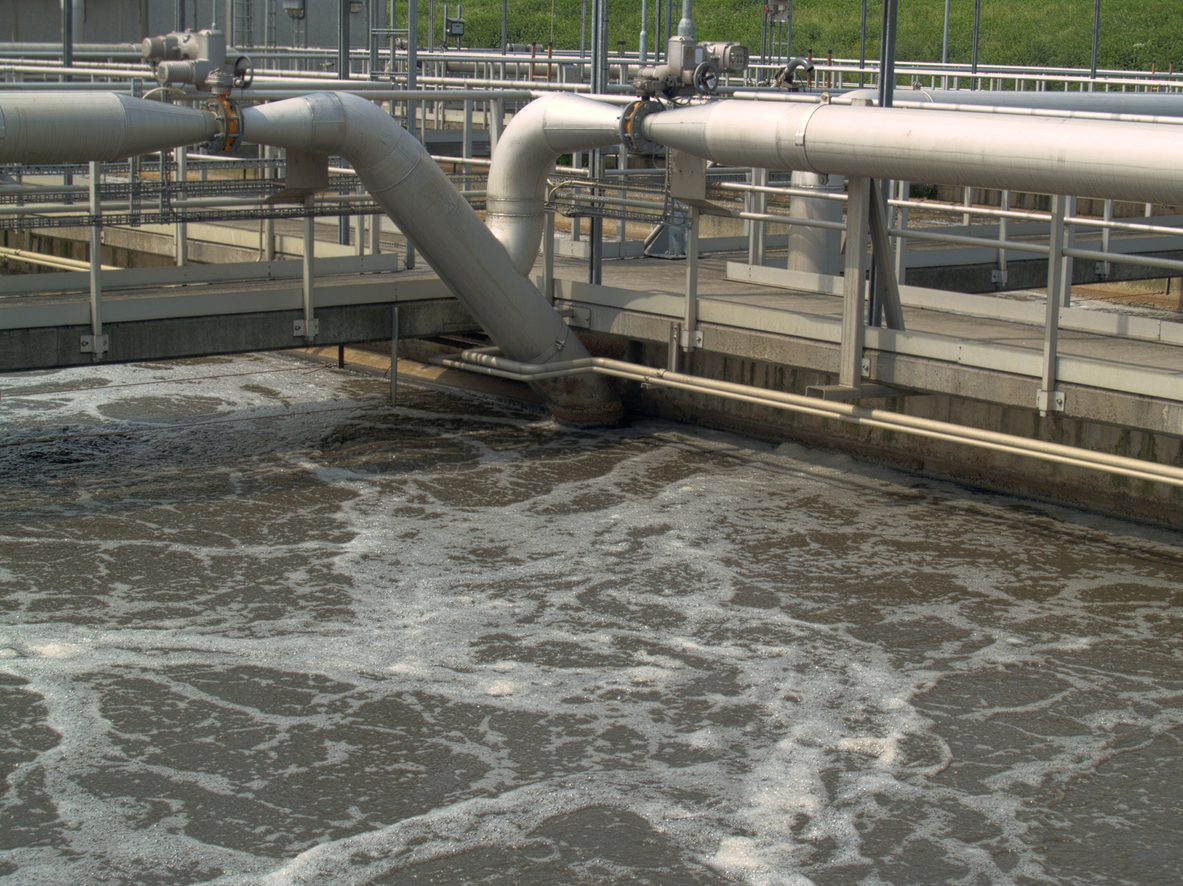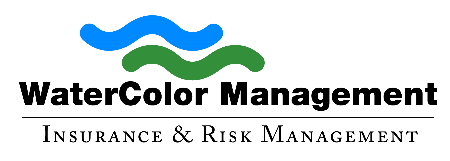
Americans owe much of their quality of life to the technology behind water treatment facilities. Without the services these plants provide, families would have no choice but to maintain their own wells and septic tanks. You can help clients mitigate the risks that come with the science of providing drinking water for thousands of people with water industry insurance.
Advanced Technologies Water Industry Insurance Customers Use
The process of turning sewage into drinking water is constantly evolving as scientific discoveries make it more efficient. The following are some of the newest techniques water quality managers are using in their jobs.
Advanced Oxidation
Oxidation is a type of chemical reaction that removes organic materials in wastewater by converting them into carbon dioxide and other inert products. This technique is superior to older methods that produce sludge requiring further treatment.
Photocatalytic Oxidation
Photocatalytic oxidation is a specialized type of organic material neutralization that uses a semiconductor and light energy at the water’s surface. It is a good choice for certain factory waste because it helps to remove toxic metals and avoids pollution liability claims on water industry insurance policies.
Ultrasonic Reactors
Sounds above 20 kHz are too high for humans to hear but can help in the water treatment process. These sound waves create tiny bubbles of pressure that destroy the cell membranes and cell walls of microorganisms on impact.
Ultrafiltration and Reverse Osmosis
Passing water through a tightly woven membrane removes particles that are too small to see. Filtering via reverse osmosis forces water through an even smaller membrane, leaving behind up to 98% of microscopic particles. Reverse osmosis is the technology of choice for drinking water because it results in clear, tasteless water.
Naturally or Genetically Enhanced Microorganisms
While many techniques focus on eliminating microbes, others add them to the water to eat unwanted materials. This technology is more natural, has less risk of harm, and is often less expensive than other treatments that water industry insurance covers.
Electrocoagulation and Electrooxidation
These methods use an electrical current to eliminate organic pollutants. Electrooxidation breaks down the particles, and electrocoagulation causes them to clump together for removal.
New Technologies Mean New Risks
Scientific advances are a good thing in the water treatment industry. However, predicting how new technologies might cause harm is often only possible once people have used them for several years. The following are some potential risks associated with evolving water treatment techniques:
- Liability due to residual contaminants and toxic by-products
- Operational challenges such as technical malfunctions
- Safety risks for workers
- Regulatory compliance
- Financial and legal risks
Water Treatment Insurance
Water industry insurance is vital to your clients’ livelihood. Without it, a small mistake could escalate into a lawsuit with medical and legal expenses the company cannot afford. Insurance agents can recommend a personalized policy that includes some or all of the following coverages:
- Workers’ compensation
- Liability
- Pollution
- Equipment
- Crime and theft
Water Industry Insurance for the Future
The future of water treatment includes an assortment of new filtration, oxidation, and biological techniques that bring new risks. Contact us for water industry insurance solutions you can offer clients as they keep up with these exciting trends.
About Watercolor Management
Watercolor Management has insured the water industry for over 30 years. Our policies include unlimited defense cost coverage in the event of a lawsuit against you. Call us at (855) 929-0824 or email info@watercolormanagement.com for a quick quote for your Water Business Professional, Products/Completed operations, Pollution, and General Liability Insurance.




